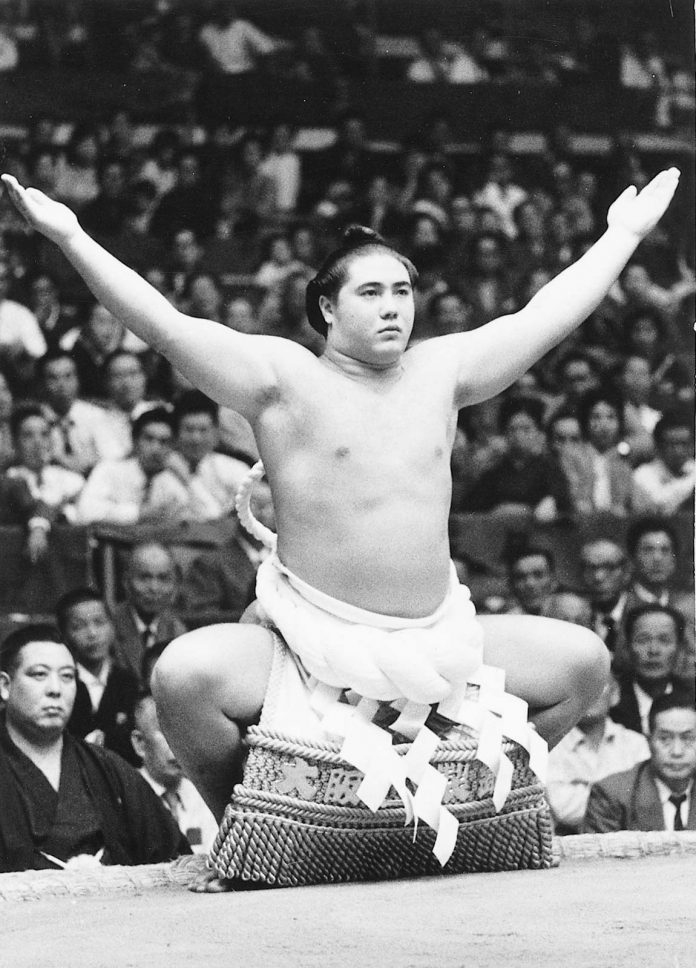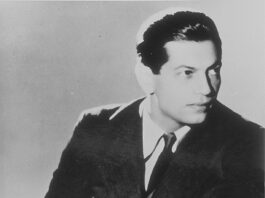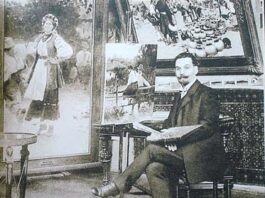According to Wikipedia, Taihō Kōki – (Іва́н Бори́шко, Ivan Boryshko; May 29, 1940 – January 19, 2013) was a Japanese professional sumo wrestler. He became the 48th yokozuna in 1961 at the age of 21, the youngest ever at the time. Kōki won 32 tournament championships between 1960 and 1971, a record that was unequaled until 2014. His dominance was such that he won six tournaments in a row on two occasions, and he won 45 consecutive matches between 1968 and 1969, which at the time was the best winning streak since Futabayama in the 1930s. He is the only wrestler to win at least one championship every year of his top-division career. 2013 newspaper article provides more details of his life saying that Taiho was considered the greatest sumo wrestler of the second half of the 20th century, and arguably the greatest of all time, winning 32 honbasho – “real” or official tournaments – a mark that had never been approached during his lifetime.
“Making his way to the top division by the age of 19, he blazed through the rankings to achieve the highest, yokozuna, at 21, the youngest to that date. Elevation to yokozuna requires not only winning, but also an appropriate sense of spirit, dignity, and grace, and Taiho’s rapid rise was all the more remarkable because he was only half Japanese.
He was born Ivan Boryshko on Karafuto, the Japanese half of the island now controlled by Russia and called Sakhalin. His father, Markiyan Boryshko, was Ukrainian, a member of the White Guard who had fled the Red Army after the Russian revolution; his mother, Kiyo Naya, was Japanese. When the Soviets occupied the whole of the island at the end of the Second World War, Markiyan was arrested, and Ivan and his mother were sent to Hokkaido, Japan, where he took the Japanese name Koki Naya.
Taiho grew up poor, peddling fermented soya beans to help his mother earn a living. But, big for his age, he joined the renowned Nishonoseki sumo stable when he was 16, fighting under the name Naya. In May 1959, he was promoted to juryo, the second division of fighters, and given the name Taiho, or “great phoenix“.
After only four tournaments, the last of which he won, he joined the first division of wrestlers, makuuchi, within which there are five levels. They compete in six honbasho each year, the top 32 divided into two groups of 16. Each fights 15 bouts, and the one with the best record wins the Emperor’s Cup.
Taiho won the “fighting spirit” award twice in his first three tournaments, as well as a kinboshi, or star, for defeating the yokozuna Asashio in his third. He rose two more levels and won the year’s final honbasho, becoming at 20 the youngest ever to receive the Emperor’s Cup, and earning him promotion to ozeki, the second-highest rank.
He won his fourth and fifth tournaments as an ozeki, and was promoted to yokozuna in time for the final tournament of 1961, which he also won. Promoted at the same time was Kashiwado, with whom Taiho began a famous rivalry, which he dominated, as he did the whole world of sumo. Twice he won six honbasho in a row, eight times he won with perfect 15-0 records, and his string of 45 matches without a defeat was not surpassed until 1988 (his loss in the 46th was so controversial that video replay was introduced into the judging process). Although his career victories have since been surpassed, his percentage of victories remains the best in sumo history.
Taiho started his career at nearly 16 stone, and finished at about 23 stone, not large for sumo. But as a master of leverage and balance, he won nearly a third of his bouts using yorikiri, the technique of simply forcing his opponent out of the ring.
His strength and handsome features helped build his popularity, and when he married in 1966, on his 26th birthday and the same day as winning another Emperor’s Cup, there were 1,000 guests and 200 reporters, and Taiho began a new tradition of the post-wedding press conference. That year, on a tour of the Soviet Union, he attempted without success to trace his father.
He retired in 1971, after winning the year’s first tournament, and finishing 12-3 in the second. A yokozuna cannot be demoted; the onus is on him to retire. Thus, in the third honbasho of the year, having lost to ozeki Takanohana for the second time in a row, he announced his retirement. He was still at the peak of his popularity: a children’s chant at the time listed him just behind the Yomiuri Giants baseball team, but ahead of tamagoyaki, a fried egg treat.
Taiho opened his own stable of wrestlers, but his status as an oyakata (elder, or master) was never rewarded with the customary high posts within the Sumo Association, a fact which many felt was attributable to his lack of pure Japanese blood, and a controversial issue today, with the influx of Americans and Mongolians into the top levels of sumo. The association blamed it on a stroke Taiho suffered in 1977 which demanded years of rehabilitation.
His stable was never hugely successful, and his son-in-law, Takatoriki, a former ozeki, was banned by the sumo association after he was implicated in baseball gambling scandals in 2010. After his mandatory retirement from sumo coaching at 65, Taiho became the curator of a sumo museum and concentrated on his blood-donor charity, Taiho-Go. In 2009, he became the first sumo wrestler to receive the Person of Cultural Merit award from the Japanese government.
In his final interview, he drew the Japanese characters nin (endurance) and yume (dream), and said, “Will we realise our dreams after enduring our lives? I think we will.” (TheGuardian)
Read about Ivan Piddubny, world-famous Ukrainian wrestler >





